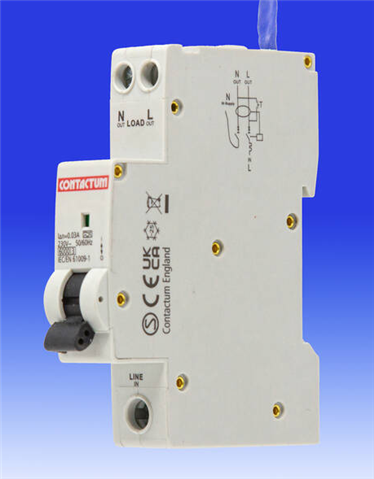Hi All
Would a single module, single pole and switched neutral RCBO satisfy 722.531.3.1 disconnecting all live conductors?
Usually we fit 40A Type A DP RCBOs but at other installations I'm coming across these single SP+N RCBOs installed for domestic chargers.
Thanks in advance
Dan
